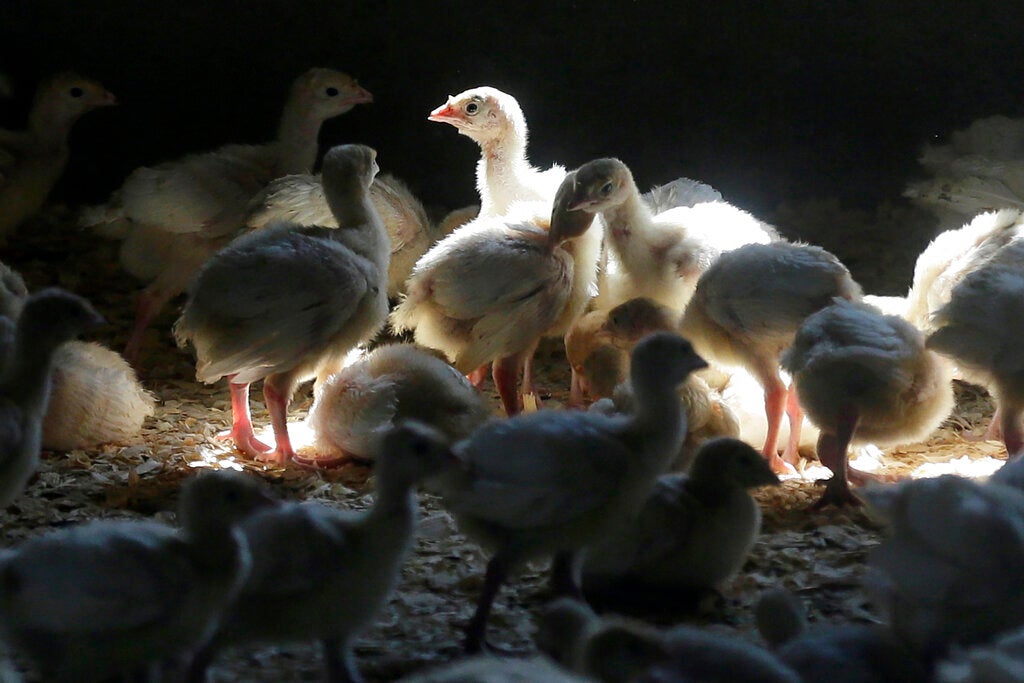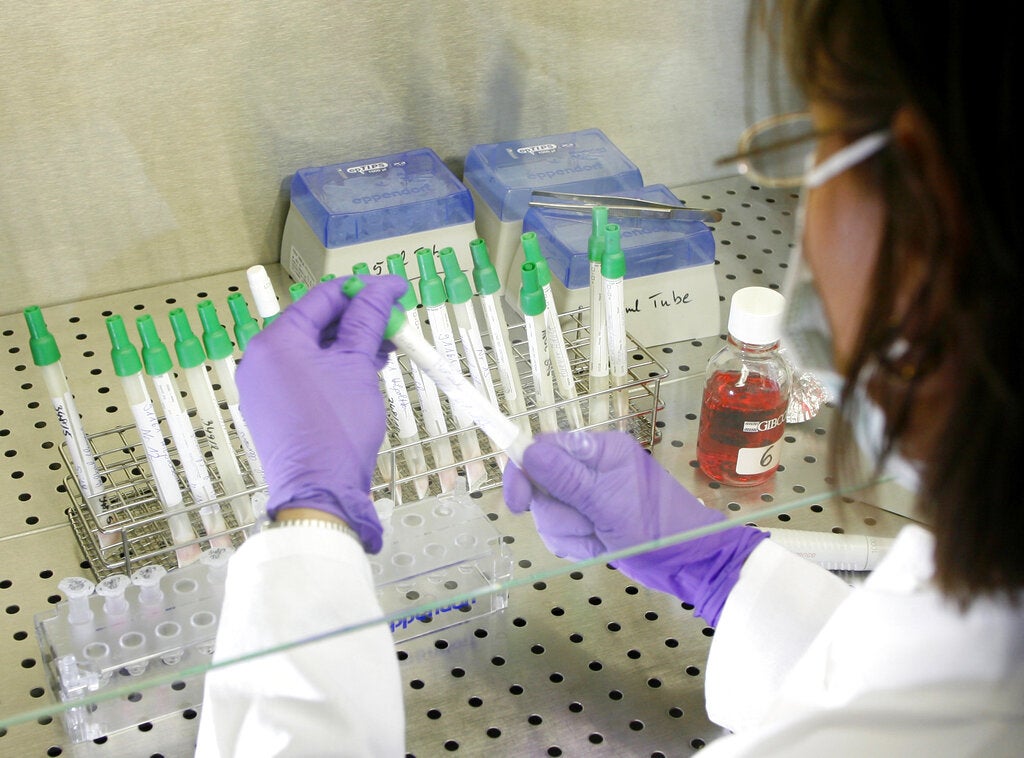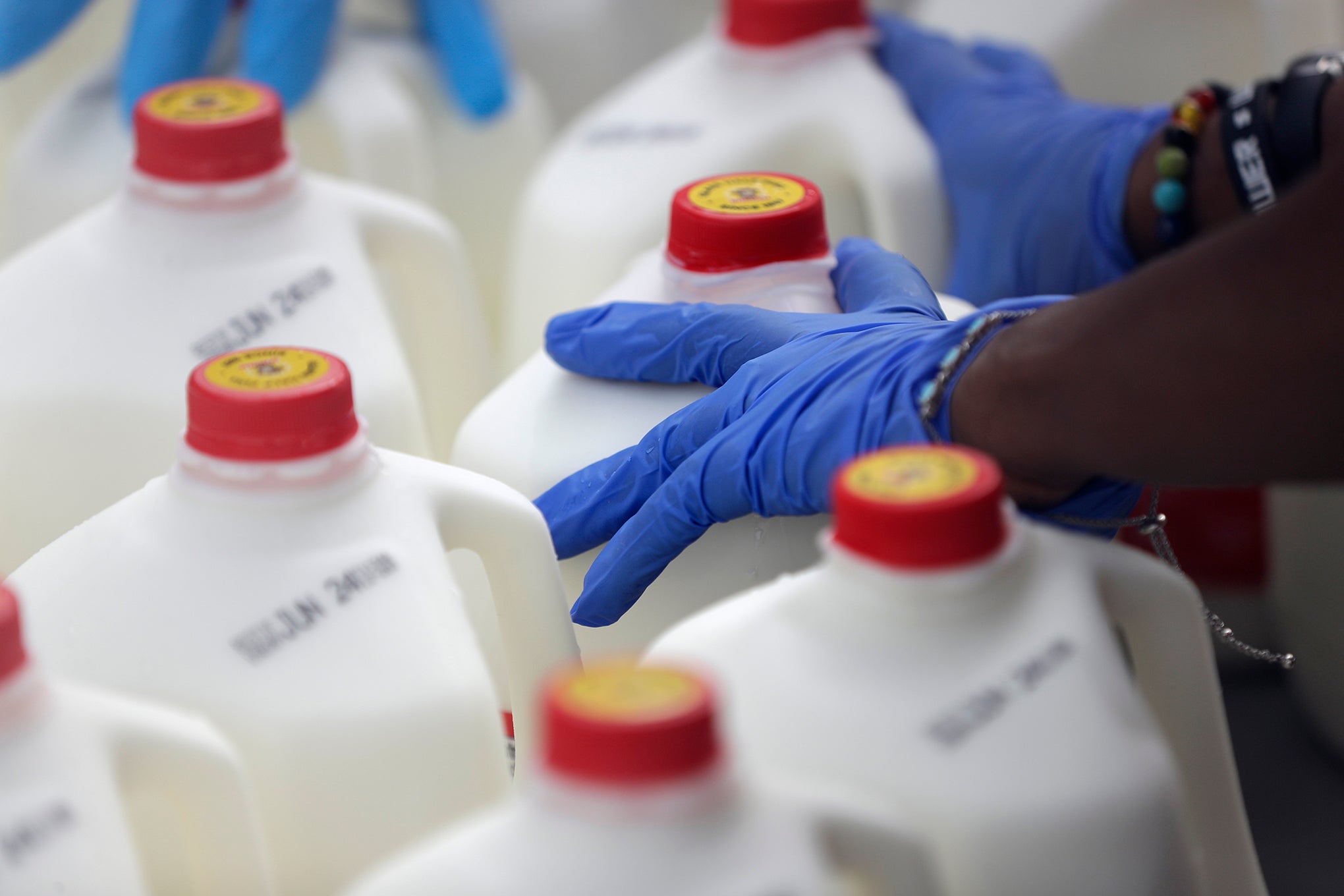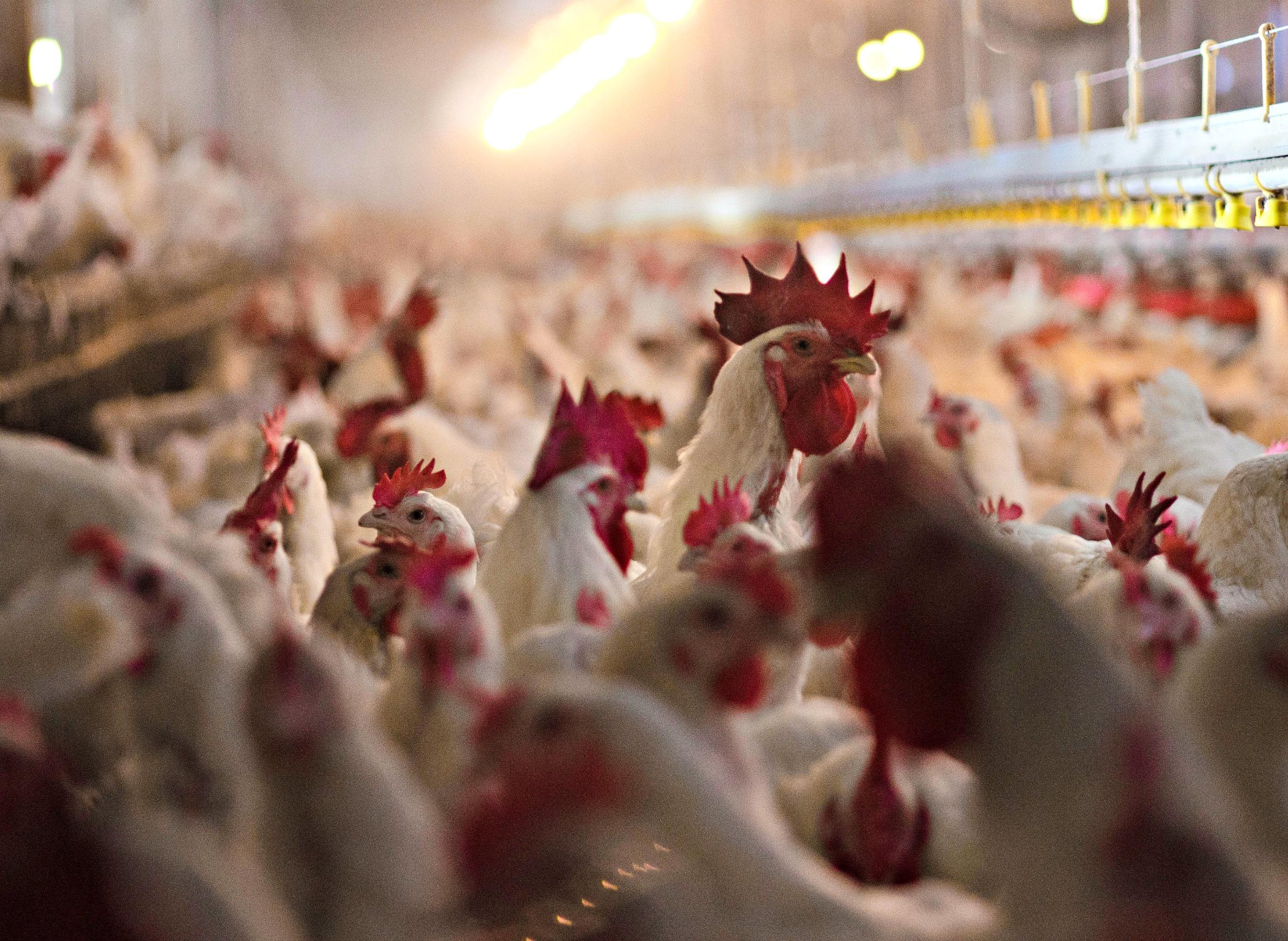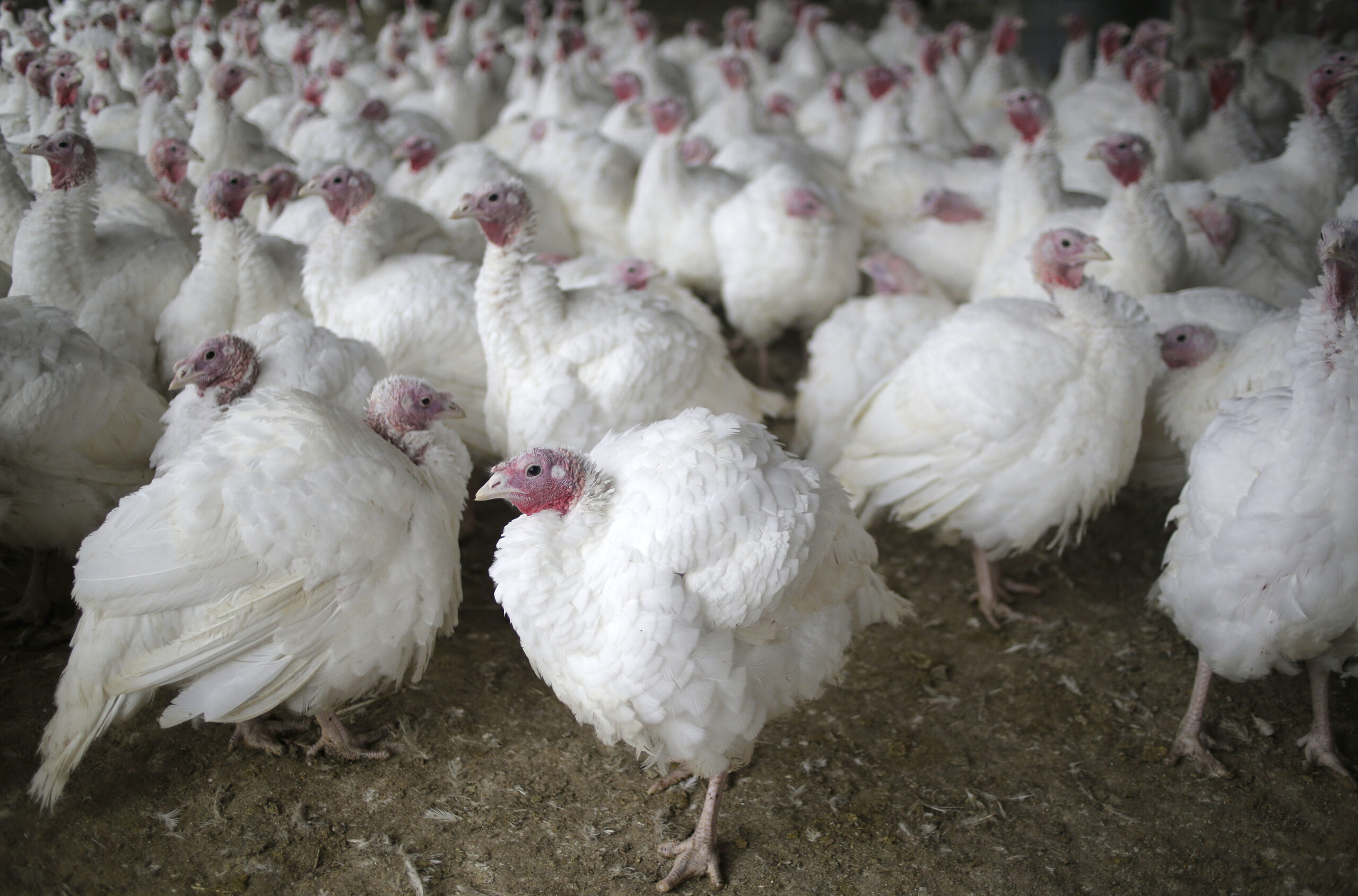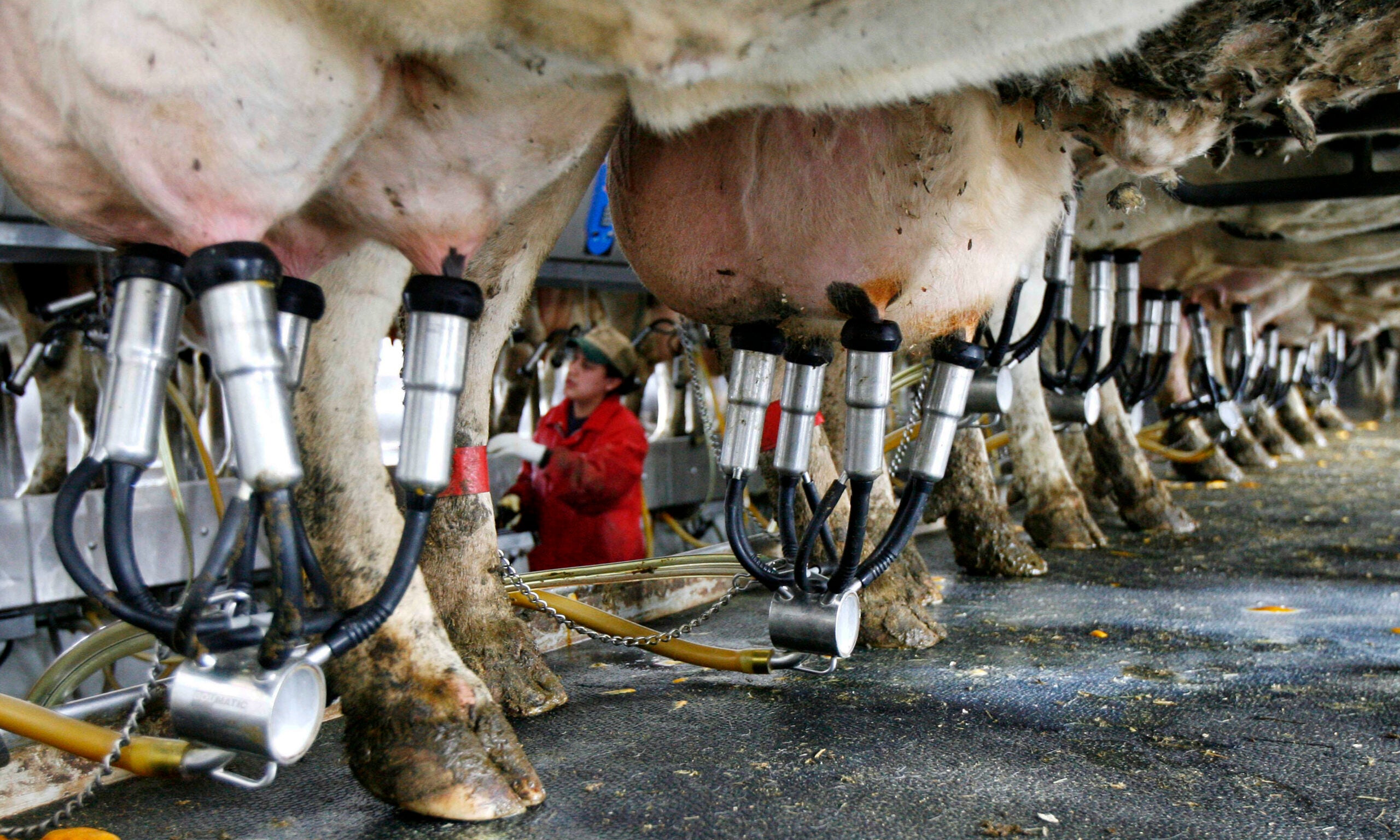With the threat of avian flu still looming large, Wisconsin officials say proposed investments in monitoring for and responding to animal disease outbreaks are needed to improve the state’s response.
In his biennial budget proposal, Gov. Tony Evers included six new positions at the state Department of Agriculture, Trade and Consumer Protection that would form a new Strategic Animal Disease Response and Prevention Unit.
DATCP Secretary Randy Romanski said the Division of Animal Health is one of the smaller departments within the agency, with about 40 people working on animal health issues and responding to disease emergencies when they arise. But with highly pathogenic avian influenza devastating poultry producers last year and the continued threat of other livestock diseases, Romanski said “now is the time” to invest in animal health staff.
Stay informed on the latest news
Sign up for WPR’s email newsletter.
“That group will be there to assist with emergency management and planning with the goal of preventing these emergency health outbreaks in the future, or working with the industry to make sure that they have plans in place and are able to respond as quickly as possible so that there’s not a wider impact on the animal agriculture industry in the state,” he said.
Darin Von Ruden, president of the Wisconsin Farmers Union, said producers are eager for more help protecting their animals from disease. He said added assistance at the state level is needed as the number of veterinarians working in rural communities continues to decline.
“As farmers, we certainly know our animals, but we don’t know all of the logistics that might be involved in what needs to transpire to prevent something,” said Von Ruden, who is also a dairy farmer from Westby. “An ounce of prevention is worth a ton of gold in the end, and so if there’s any possibility that we can have more boots on the ground to help with that process, I think the farming community is ready to accept that.”
Von Ruden said there is more public attention now on farms outbreaks than there was 25 years ago.
“Part of that is the structure of agriculture that we’re moving into, with larger herds and larger flocks,” he said. “We’re seeing, in times of disease, the number of animals that are having to be euthanized is larger than what it used to be.”
DATCP data shows avian flu hit 29 flocks in Wisconsin last year, both large commercial operators and backyard poultry owners in 18 different counties. Almost 3.3 million birds were killed because of the virus.
Keith Poulsen, director of the Wisconsin Veterinary Diagnostic Laboratory, said they expect the virus to impact the state’s poultry farms again this spring. And he said it’s not just the agriculture industry that’s affected by these kinds of disease outbreaks.
“When you think about the transporters or even the people that make the cartons for eggs, when egg demand changes, those cartons were already made,” he said. “So as it changes, it ripples out into the community and we often have unforeseen side effects or collateral damage that we need to keep in mind.”
The Wisconsin Veterinary Diagnostic Laboratory, which is a part of the University of Wisconsin-Madison, provides all diagnostic testing for DATCP’s Division of Animal Health. It also has seven new positions related to animal disease response proposed in the governor’s budget.
Poulsen said the additional staff would help keep the laboratory running after hours and on the weekends. The lab currently provides this service in a limited way, but Poulsen said they need more help to keep from burning out their current employees. He said the environment around infectious disease control is changing, with multiple disease challenges at a time, from chronic wasting disease in deer to avian flu. The laboratory also responded to coronavirus outbreaks on Wisconsin mink farms in 2020.
“We know that industry doesn’t stop on Saturday or Sunday or on a holiday,” he said. “As animals and animal products need to move, we have to have tools available to facilitate that. There’s a lot riding on that for those companies, for food supply continuity and for the communities that those companies are located in, for the Wisconsin economy.”
Poulsen said investing in outbreak preparedness is often a hard sell to lawmakers, but he said the COVID-19 pandemic has brought new focus on the impact of infectious diseases, both in human or animal populations. For example, he said there was far more public awareness of avian flu cases last year than during the previous outbreak in 2015.
“I think people have an astute sensitivity to it, of what can really happen when we see pathogens change that affect animals and people,” he said. “Our job as animal and public health officials is to try and keep people’s awareness high, so we can recognize it as soon as possible, and we can manage it better than we did the last time.”
Editor’s note: WPR’s Danielle Kaeding contributed to this story.
Wisconsin Public Radio, © Copyright 2025, Board of Regents of the University of Wisconsin System and Wisconsin Educational Communications Board.
